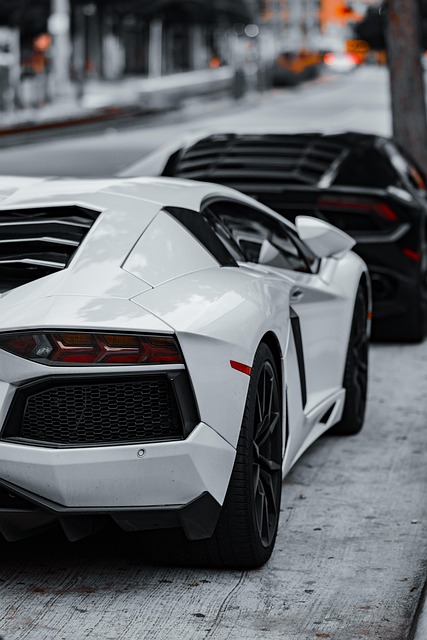Securing a title loan for a damaged vehicle focuses on its residual value post-repairs, not aesthetic appeal. Lenders assess condition via wear, crash history, structural damage, rust, and previous repairs. Transparency about damage and repair docs are key. Optimizing vehicle condition through inspection enhances worth, proving clear ownership improves loan chances.
“Title loans for damaged vehicles can be a lifeline for those needing quick cash. However, understanding the stringent title loan vehicle condition requirements is crucial before applying. This article guides you through the process, from evaluating damage that lenders scrutinize to maximizing your vehicle’s value. By adhering to specific condition requirements and learning how to optimize your car’s worth, you can secure a favorable title loan despite previous ownership or cosmetic issues.”
- Understanding Title Loan Vehicle Condition Requirements
- Evaluating Damage: What Lenders Look For
- Optimizing Your Damaged Vehicle's Value for Loans
Understanding Title Loan Vehicle Condition Requirements

When considering a title loan for a damaged vehicle, understanding the specific requirements regarding vehicle condition is paramount. Lenders typically assess a car’s value and resale potential rather than its aesthetic appeal or extent of damage. This means that even with repairs needed, your vehicle could still be eligible for a title loan if it has reasonable residual value. The key lies in the balance between the cost of repairs and the anticipated increase in the car’s worth after improvements.
The Title Loan Process involves several steps where you’ll need to disclose all damage and provide documentation supporting any planned or completed repairs. Lenders will then evaluate these factors alongside traditional loan criteria, such as your credit history and income, to determine repayment options and the final loan amount offered. Remember, a transparent approach during the title transfer process ensures a smoother experience and better chances of securing financing for your damaged vehicle.
Evaluating Damage: What Lenders Look For

When it comes to damaged vehicles and title loans, lenders carefully evaluate the condition of the car to determine its value and potential risk. They assess several key areas to gauge the extent of damage and its impact on the vehicle’s safety and resale value. Lenders look for visible signs of wear and tear, crash history, and any structural damage that might compromise the integrity of the vehicle.
During the evaluation process, they consider factors such as rust, denting, broken or missing parts, frame damage, and evidence of previous repairs. A thorough inspection ensures that the loan amount offered aligns with the car’s current condition, providing a fair assessment for both parties. Additionally, understanding these requirements can help owners prepare their vehicles for the title transfer process, including any necessary repairs or documentation, especially when considering an extension on their loan through an online application.
Optimizing Your Damaged Vehicle's Value for Loans

When it comes to securing a title loan for your damaged vehicle, optimizing its value is key. The condition of your vehicle plays a significant role in determining the amount of the loan you can receive. While no one wants to admit it, a damaged or less-than-perfect vehicle often holds less worth than its original value. However, with some strategic planning and preparation, you can maximize your vehicle’s potential as collateral for a title pawn.
A thorough vehicle inspection is essential in understanding the repairable aspects of your damaged vehicle. Identifying and repairing minor issues such as dented panels, cracked windshields, or functional yet cosmetically flawed components can significantly improve its overall condition and value. Moreover, proving clear vehicle ownership through documentation ensures a smoother loan process. Remember, a well-prepared vehicle not only increases the chances of securing a higher loan amount but also showcases your commitment to responsible borrowing.
When it comes to securing a title loan for your damaged vehicle, understanding the specific condition requirements is key. By evaluating potential damage and optimizing your vehicle’s value, you can navigate the process successfully. Lenders assess factors like structural integrity, mechanical soundness, and overall repairability to determine eligibility. Remember, while damage may impact value, it doesn’t necessarily mean a loan is out of reach. With the right approach, you can still access much-needed funds for your damaged vehicle.






